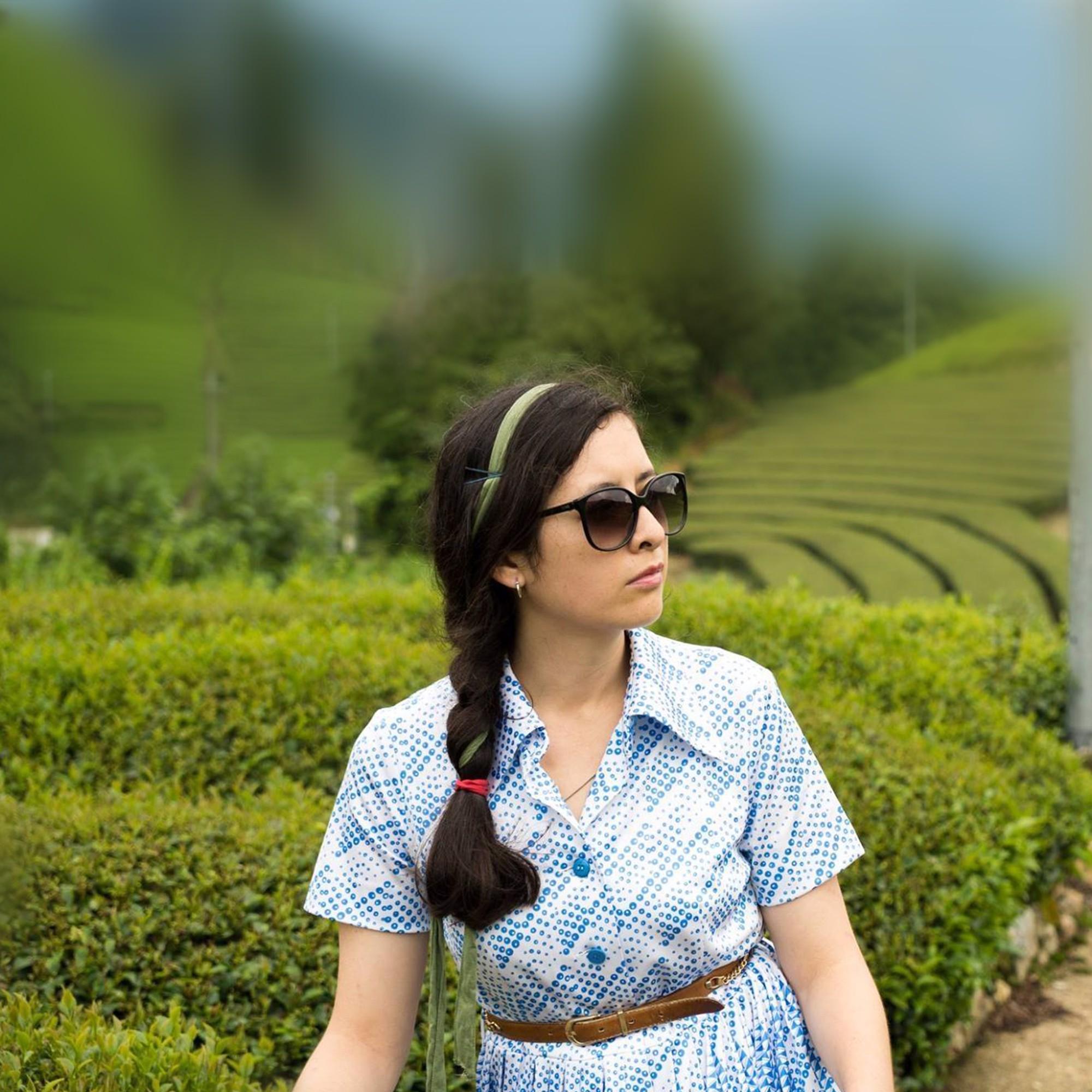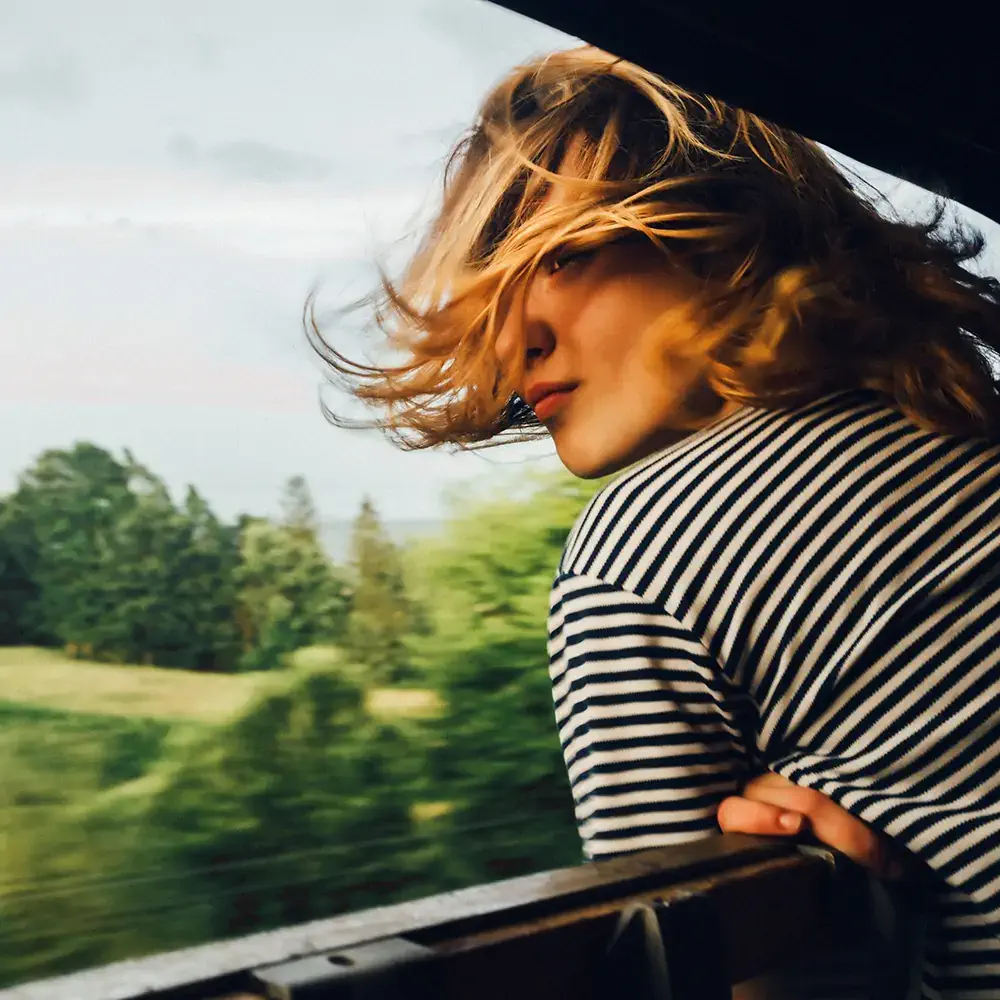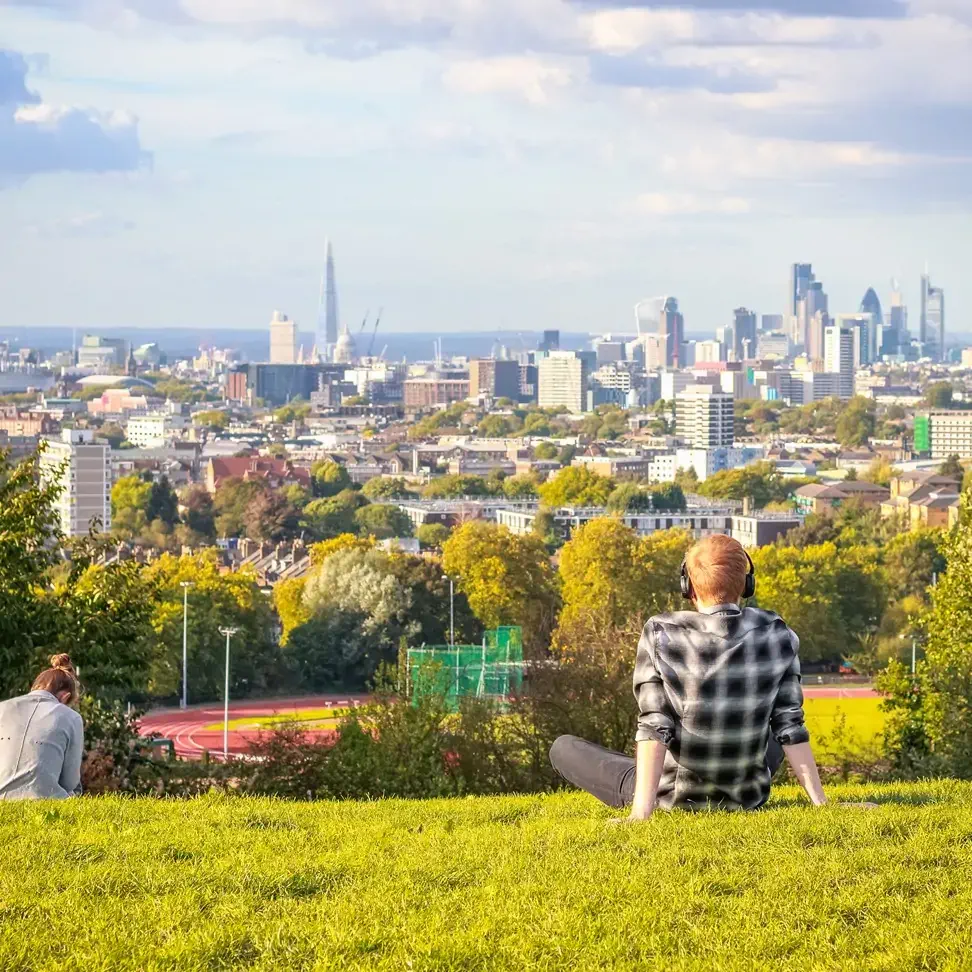Zooming at 300 kilometres an hour, the world flies by. Flashes of grassy fields, traditional houses and quaint towns leave a fleeting impression and a hunger to see more. The mountains rear up in the distance, moving past at a stately pace and offering some perspective.
Japan is famous for its sprawling rail network, and with good reason. Stretching from the tip of the northern island of Hokkaido to the bottom of Kyushu, the extensive network is clean and punctual, and the bullet trains are ultra-modern. Japan Rail passes are a traveller’s most treasured companion since visitors can buy the tickets at a cut rate not available to those living in the country. For this 10-day itinerary, we recommend the 7-day pass (29.110 JPY), to be purchased before arriving in Japan. When you’re ready to hop on the bullet trains, activate the pass at a Japan Rail office, found in the bigger train stations. Once activated, the pass will be valid for seven days.
Not sure how to kill time on the bullet trains? Why not have some Japanese tunes ready to accompany you on your trip?
Day 1-3 Tokyo
The journey starts in Tokyo, Japan’s capital and arguably the biggest city in the world (by measures of urban area population). It shows at every step: the city is an endless sea of lights, artisan shops, cafes, bars, lantern-lit food stands, towering skyscrapers juxtaposed with quiet Zen gardens, and diverse street fashion.
Shibuya’s famous Scramble Crossing is a perfect place to people watch and get lost in the crowd. Nearby Omotesandō offers plenty of high-fashion shopping, and if that’s not really your kind of bag, hunt for some unorthodox styles in neighbouring Harajuku. Dive deep into the contemporary art scene at Mori Art Museum, or go the traditional route with woodblock prints at Ōta Memorial Museum of Art.
The Tokyo Metropolitan Government Building, a massive skyscraper inspired by Notre-Dame, offers sweeping city views. The best time to visit is either in the early morning for a glimpse of Mount Fuji or after dark for a twinkling nightscape. Don’t leave town without experiencing some of Japan’s most beloved sports: go for some sumo wrestling in Ryogoku or a baseball match at Tokyo Dome. Lastly, get in one of Tokyo’s famous landmarks such as the lively Yoyogi Park and adjacent Meiji Shrine, dedicated to Emperor Meiji and his wife, Empress Shōken.
Recommended hotel: The Gate Hotel Kaminarimon By Hulic (rates start at 7.815 JPY [£55] per room, per night)
Day 4-5 Kanazawa and Osaka
It’s time to come down from the big city buzz. Early on day 4, validate your Japan Rail Pass and board the Hokuriku Shinkansen to Kanazawa (2.5 hours), taking a route that skirts the Japan Alps.
Located on the west coast of Japan, this medium-sized city is home to lovely castle grounds, Kanazawa Castle Park, and the perfectly serene Kenroku-en Garden. Regarded as one of Japan’s most beautiful gardens, Kenroku-en is an expansive classical Japanese garden boasting a pond, small hills, a stone lantern, a fountain and various flowers and trees changing colours throughout the seasons: pink plum and cherry blossoms in spring, purple irises and red azaleas in summer, and colourful leaves in autumn.
The old geisha quarter Higashi Chaya is filled with two-storey wooden entertainment houses (called ochaya, or teahouses) dating from the 1800s. For a modest fee, you can experience the living conditions of a geisha during the 19th century. Some of the ochaya still offer traditional amusement in the form of geisha performances. The area is also famous for its excellent, fresh seafood – try the sashimi at Fuwari – or grab some local vegetable-based cooking at Los Angeles. After a morning perusing the fresh produce at Omicho Market, get on the Thunderbird train towards Osaka (2.5 hours).
Half a day and most of the night is just about enough time to explore the shopping and nightlife district of Shinsaibashi and eat your way through the popular entertainment area of Dōtonbori. The city is famous for its okonomiyaki – a savoury pancake filled with toppings like mochi (rice cake), pork and cabbage – and its takoyaki, grilled spheres made from batter and octopus. At Mizuno, the okonomiyaki is prepared on a hot grill right at your table, so you can dig in the second it’s done.
Recommended hotels: Kanazawa Sainoniwa Hotel (rates start at 18.327 JPY [£129] per room, per night) in Kanazawa & Dotonbori Hotel (rates start at 8.522 JPY [£60] per room, per night) in Osaka
Day 6 Nara
One hour on the bullet train and you’re in Nara, once the capital of Japan. Today, this ancient city is famous for its temples and ruins, and for the wild deer – called shika – roaming around the centre of town. The deer, who are revered in the Shinto religion as messengers of the gods, bow to visitors and nibble the deer crackers available at street stands. Be careful not to open a package in front of a crew of them – you may get rushed.
Curious about seeing the world’s largest bronze Buddha statue? The wooden temple of Todaiji, one of the city’s eight UNESCO World Heritage Sites, hosts the 15-meters tall gilt bronze Great Buddha, a massive statue protected by two towering guardians on each side.
Day 6-8 Kyoto
After bidding sayonara to the diminutive shika, take the train to Kyoto (1 hour) and arrive in time to have kaiseki, a traditional multi-course dinner. Try the Michelin-starred Nakamura, run by 6th generation owner-chefs. Take an evening walk through the Gion geisha district, where you may get a glimpse at a maiko, a geisha in training.
Kyoto was the capital of the country for more than a thousand years, and an extensive cultural heritage remains. The Fushimi Inari Shrine in the south-east quarter of the city is famous for its line of thousands of red torii gates leading to the main shrine. Inari is the god of rice and fertility, and foxes are regarded as messengers – that’s why you’ll see many statues of foxes on the grounds here.
To the north and west, Kinkaku-ji, the Temple of the Golden Pavilion, gleams on a mirroring pond, and to the east is Kiyomizudera, with its tiered pagoda and magnificent city views.
If you fancy, try a kimono fitting and photo op at the Nishijin Textile Center. The centre is a showcase for all things kimono, and has a kimono show, weaving demonstrations and history exhibitions. Visitors can dress up in a wide variety of kimonos, from everyday varieties to robes in the style of courtiers or geisha.
Recommended hotel: Kyoto Royal Hotel & Spa (rates start at 10.085 JPY [£71] per room, per night)
Day 8-9 Gero
Grab the train to Gero – the Hida Wide View leg of the journey is especially picturesque, winding through a deep green landscape with rolling hills and glinting rivers. This famous hot springs town will have you relaxing in natural volcanic hot springs. Stay in ryokan (Japanese-style inn) Gero Onsen Fugaku where you can luxuriate in open-air mineral baths, eat multi-course meals while lounging in cotton yukata and spend time exploring nature.
A worthwhile side trip is the Gassho Village, located just outside the city centre, where you’ll find 10 traditional thatched-roof houses reassembled here from the UNESCO World Heritage Site of nearby Shirakawa.
Recommended hotel: Gero Onsen Fugaku (rates start at 22.727 JPY [£160] per room, per night)
Day 9-10 Shizuoka
Next stop is Shizuoka where sampling the local fare is on the menu. About thirty minutes by bus is Nihondaira, a scenic area served by a ropeway that lets you soar over the landscape. Here, you’ll find Ocha Kaikan, where you can visit the famous tea plantations of Japan’s biggest tea producing region, and even try your hand at picking your own tender green tea leaves under the benevolent gaze of Mount Fuji.
From the ferry port in Shimizu, board a cruise around Suruga Bay, an exceptionally deep body of water with views of Japan’s highest peak, Mount Fuji. The bay is the source of one of the area’s other famous products: super fresh sushi. Try some decorated with freshly harvested wasabi – the real stuff, not the one mixed from powder or from a tube.
Recommended hotel: Associa Hotel Shizuoka (rates start at 9.232 JPY [£65] per room, per night)
Day 10 Departure from Tokyo
On the last day of the rail pass, use it to get back to Tokyo (Tokaido Shinkansen, 1 hour). Don’t forget to slurp some ramen, before you leave – Tokyo Station’s Ramen Street has some of the best in town, and you have eight joints to choose from. The rail pass can be used all the way back to the airport.




